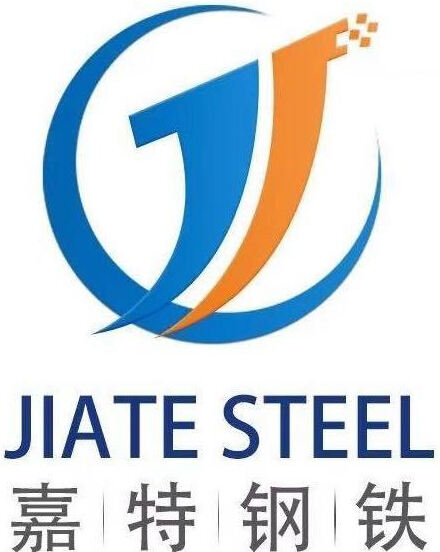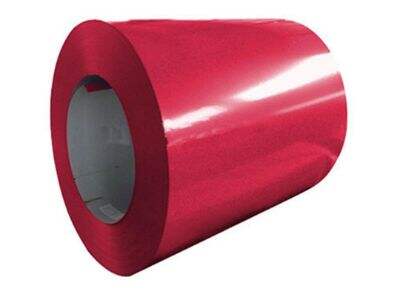Stainless steel plate coil Or Carbon steel plate Difference of the two allows us to think, if we want to understand in this way, we will be very surprised. Jiate Steel prepares to simply any confusion you may have over these key differences.
The composition of stainless steel and carbon steel plate coils
Stainless steel plate coils and Carbon steel plate coils consist of various elements. So, the stainless steel is formed by adding a high amount of its components like chromium and nickel, which are essential for more hardness and more resistance to rusting or corrosion. Carbon steel plate coil galvanized, on the other hand are made up of mainly iron and carbon which increase the force yet reduces resistance to rust in comparison to stainless steel.
Rust and Deterioration Resistance: These materials are then compared in how resistant they are to rust and deterioration.
Stainless steel plate coil does not easily corrode rust or stain with water as ordinary steel does. Stainless Steel: Provides great performance for standing up against rust and corrosion resistance it might face when encountering moisture. However, carbon steel is more susceptible to rust if it is not correctly shielded or preserved.
Comparative Analysis of Structural Integrity and Lifecycle of Stainless Steel vs. Carbon Steel Plates
Even though the best carbon steel plate coils are going to be very strong and last a long time, they are simply not as durable or long-lasting as their stainless steel counter part. By nature, stainless steel can resist the effects of severe conditions and unexpected temperature changes while maintaining both its form and overall strength. Carbon steel is strong but can weaken over time when exposed to certain substances.
Comparing price differences and cost-effectiveness of the plate coils 2.
The prices of stainless steel plate coils are relatively higher than carbon steel plate coils. The reason for this is that stainless steel uses much pricier materials, and has additional steps to be included in order to be rust-resistant. Nonetheless, the long-life nature of stainless steel may ultimately save money in the end as it typically requires less maintenance and replacement than carbon steel.
Stainless Steel or Carbon Steel Plate Coils
The food & beverage industry, where cleanliness and hygiene are essential, is the most common location for these stainless steel plate coils. It is also corrosion and rust resistant which makes this type of tubing good to use in applications where any form of moisture exposure will be present. Carbon steel plate coils are also called as ax10 steel coil galvanized which is usually used in construction and manufacturing, because of high strength, toughness and low cost.
In summary, while the elemental composition, properties (rust resistance and anti-corrosion), structural strength/longevity, cost differences of stainless steel plate coils vs. carbon steel plate coils are some key differentiators other than the main application it is used for in the industry. The following explains this further to aid you in knowing what to use for your next project. Jiate Steel hope that you can learn more question in these two kind of plate galvanized coil.
Table of Contents
- The composition of stainless steel and carbon steel plate coils
- Rust and Deterioration Resistance: These materials are then compared in how resistant they are to rust and deterioration.
- Comparative Analysis of Structural Integrity and Lifecycle of Stainless Steel vs. Carbon Steel Plates
- Comparing price differences and cost-effectiveness of the plate coils 2.
- Stainless Steel or Carbon Steel Plate Coils

 EN
EN
 AR
AR
 BG
BG
 HR
HR
 CS
CS
 DA
DA
 NL
NL
 FI
FI
 FR
FR
 DE
DE
 EL
EL
 HI
HI
 IT
IT
 JA
JA
 KO
KO
 NO
NO
 PL
PL
 PT
PT
 RO
RO
 RU
RU
 ES
ES
 SV
SV
 TL
TL
 ID
ID
 UK
UK
 VI
VI
 SQ
SQ
 HU
HU
 TH
TH
 TR
TR
 BE
BE
 AZ
AZ
 LO
LO
 MN
MN
 MY
MY
 KK
KK
 SU
SU
 UZ
UZ
 KY
KY





